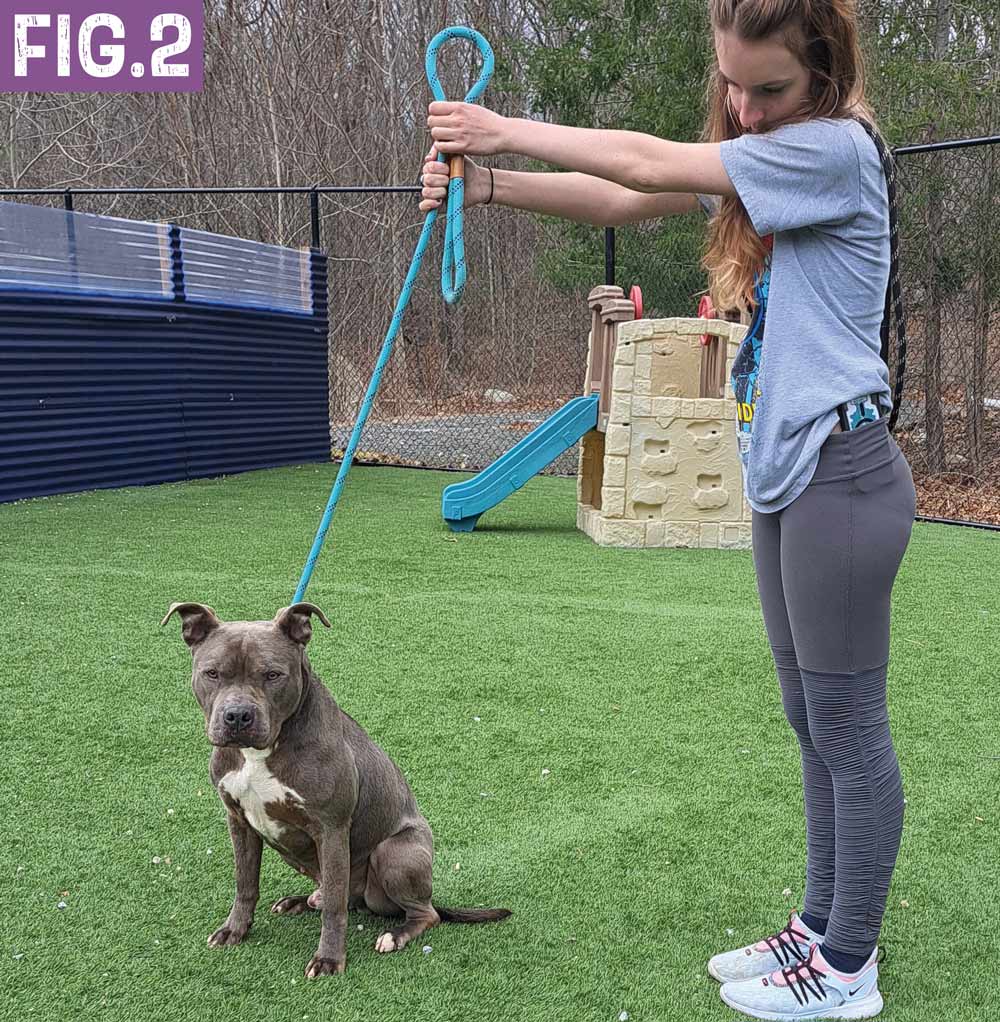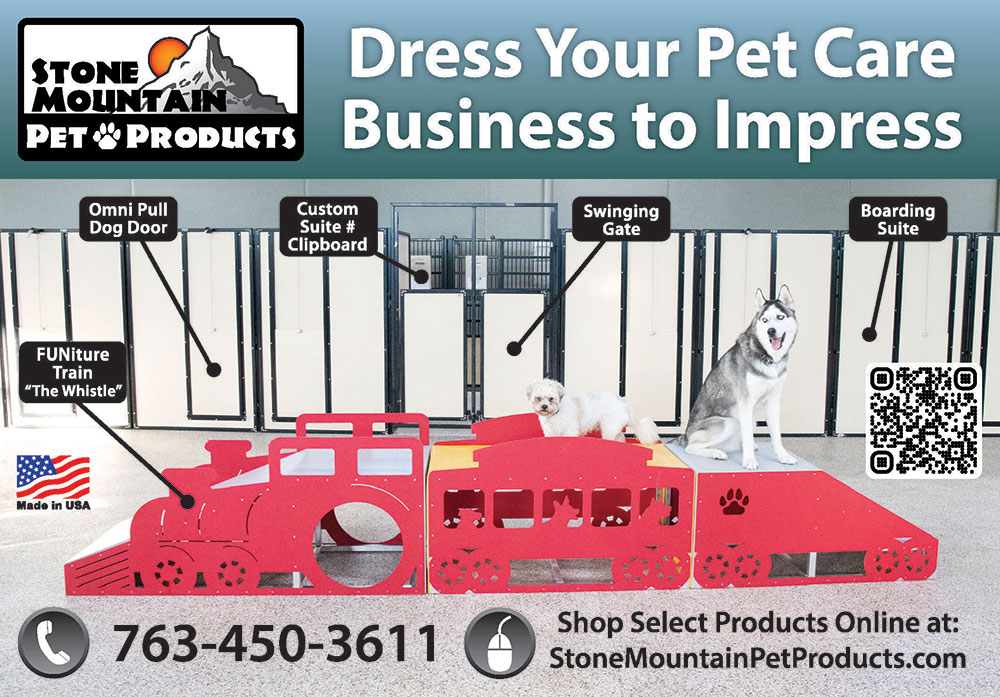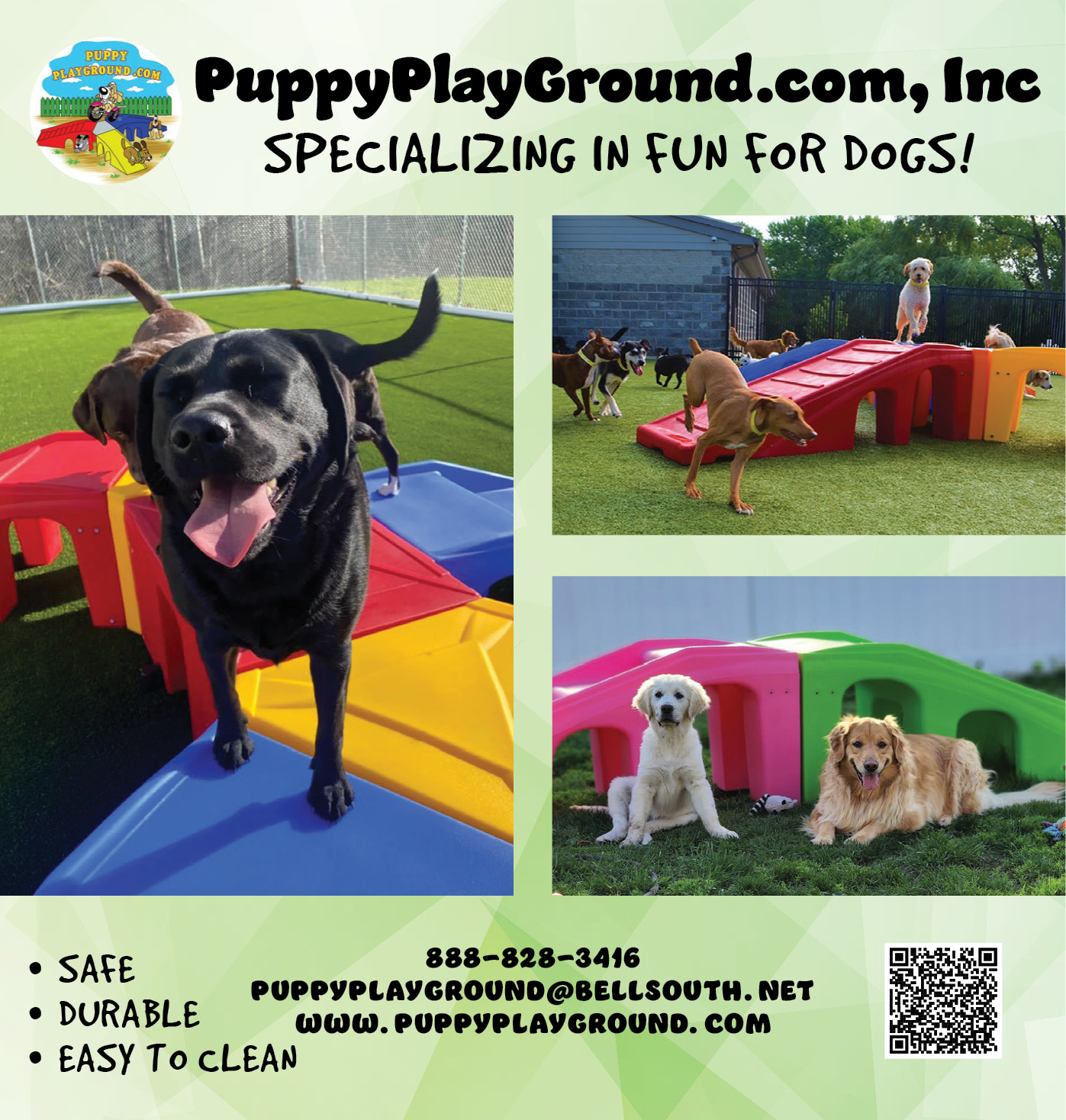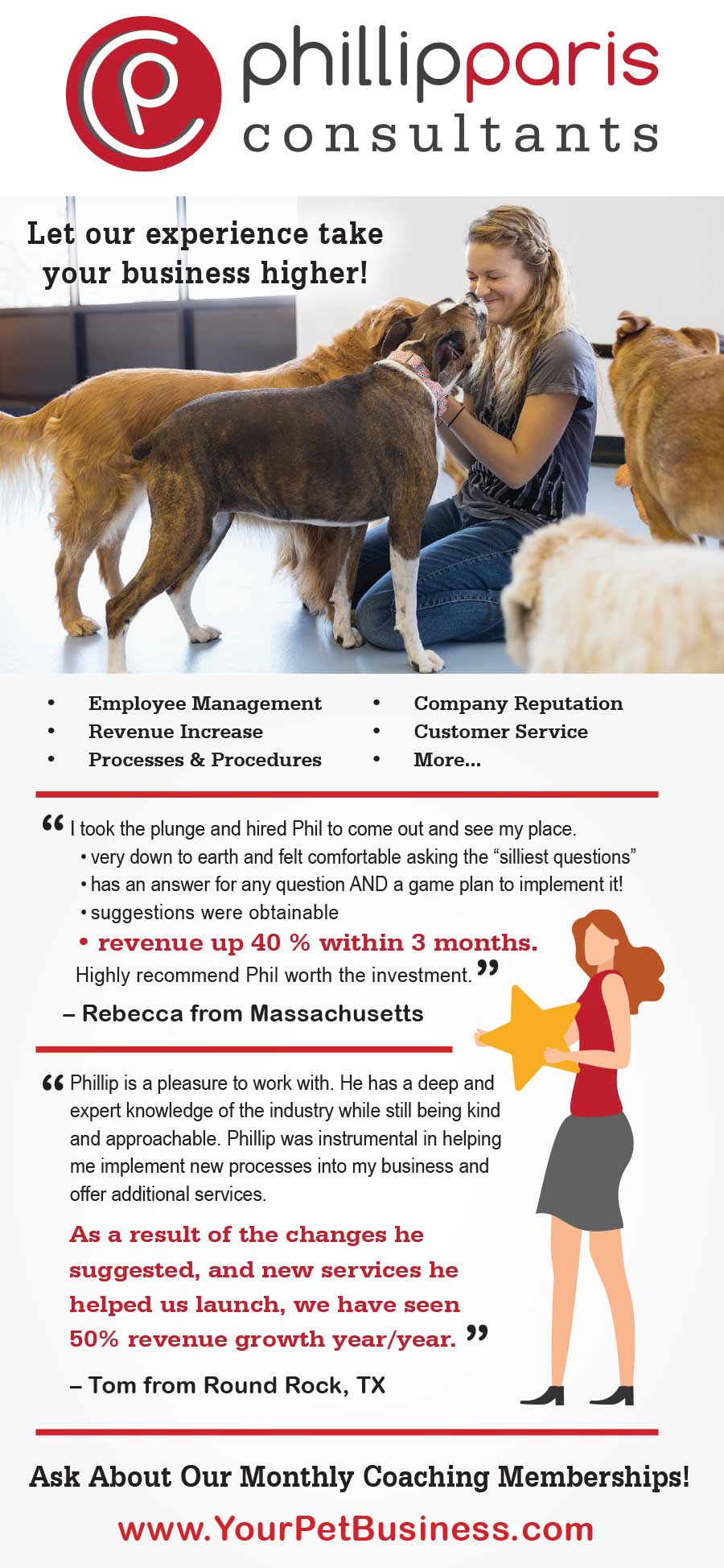Animal Behavior

By Chrissy Capacchione
Photos provided by Chrissy Capacchione
Reactivity and aggression can be standard communication for dogs. However, when such displays are directed towards humans or other dogs in a daycare setting or during boarding, this is both undesirable and problematic behavior. Pet care facility owners and employees must be prepared to manage these behaviors in a safe and effective way. Through training, practice and everyday situations, handlers can gain experience and develop necessary skills to successfully work with and care for dogs of all types.
Understanding Reactivity and Aggression

- Prey Drive
- Territory
- Fear
- Anxiety
- Frustration
- Dominance
- Maternal
- Disease/Illness/Pain
- Leash Aggression
- Trauma
- Behavioral Problems
- Resource Guarding
- Territorial: This would be directed towards someone or something that enters or approaches the area which the dog considers their territory, such as their owner’s property or even their enclosure at a boarding facility.
- Possessiveness/Resource Guarding: This behavior is directed towards a person, dog or other animal that causes the dog to feel threatened by the removal of valued articles, such as food or toys.
- Pain-Related: This would be behavior directed towards someone or something due to the dog being in discomfort or pain.
- Predatory: This behavior is normally towards another animal the dog views as prey; however, a dog can demonstrate this behavior towards a person. The goal of predatory behavior is to capture, kill and devour the object of prey.
- Redirection: This is secondary behavior resulting from another source of reactivity or aggression that heightens arousal, which can be caused by any source. When the dog is unable to reach the original source causing its arousal, they become frustrated and their focus shifts to another object, person or animal. They will then redirect their reactive or aggressive behavior to their new focus.
- Fear/Anxiety: This presents when a dog feels nervous or afraid, causing the dog to be concerned about the potential of experiencing an uncertain or unpleasant outcome and wanting to distance itself from the stimulus, which can result in the display of aggressive or reactive behavior.
Safely and effectively handling reactive or aggressive behavior begins through recognizing and being alert to its warning signs. Behaviors and body language to look out for include avoiding eye contact with the perceived threat, lip-licking, flattening of ears, crouching, tail-tucking, stiffening of the body, freezing, growling, snapping and, finally, biting.
It may be helpful to ask potential clients to fill out a questionnaire in order to divulge any pertinent information about their pet’s past history before scheduling an evaluation in person. It is especially important to discuss if the owner is aware of any past or present behavioral problems their dog may struggle with.
During an intake evaluation, introduce the new dog to others that are calm and interactive. Observe their reactions when engaging with new dogs. Do they seem relaxed and happy interacting with new peers right away, or do they appear a bit unsure at first but soon settle into the routine? Or, do they become reactive and begin showing warning signs pointing to the likelihood of aggressive behavior?
The conclusion of the evaluation may include introducing toys and food to check for resource-guarding behaviors. Recording the outcome of the evaluation and personality traits will alert staff to any potential risks or situations to avoid while also assisting in placing them in the most appropriate playgroups. Creating a play group of dogs whose personalities complement one another not only reduces the potential of incident risks but also gives them the best opportunity for a fun-filled experience.
Conduct the evaluation away from the dog’s owner. If the dog becomes aggressive or displays dangerous behavior when separated from the owner or during any other part of the evaluation, immediately stop the process. Respectfully and clearly inform the owner about the outcome of the evaluation and any reasons why their dog is not a good fit for your facility. While this may not be the answer they want to hear, it is unacceptable to knowingly risk the wellbeing of other clients’ dogs and the safety of employees.

Fig 2) If faced with a dog redirecting its behavior towards a handler, thandler can place both hands on the slip lead and push outwards from their torso while moving their body in the opposite direction of their hands. This will create space between the handler and the dog.

- Aggression. ASPCA. https://www.aspca.org/pet-care/dog-care/common-dog-behavior-issues/aggression
- Martin, DVM, Diplomate, ACVB, K., & Buzhardt, DVM, L. Aggression in dogs. VCA Animal Hospitals. https://vcahospitals.com/know-your-pet/fear-vs-aggression
- Reinecker, D. (2014, June 26). Redirected dog aggression explained in simple terms. David Reinecker | Dog Trainer and Behavior expert. https://davidreinecker.com/dog-aggression/redirected-dog-aggression-explained-in-simple-terms
- RP, T. (2020, July 8). Dog temperament tests: Best practices for daycares. Revelation Pets. https://www.revelationpets.com/blog/dog-temperament-tests
- Gibeault, MsC, CPDT, S. (2024, February 21). Dog Reactivity: Understanding the difference between reactivity and aggression. American Kennel Club. https://www.akc.org/expert-advice/training/reactivity-vs-aggression/



